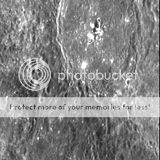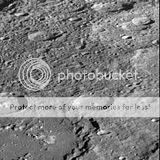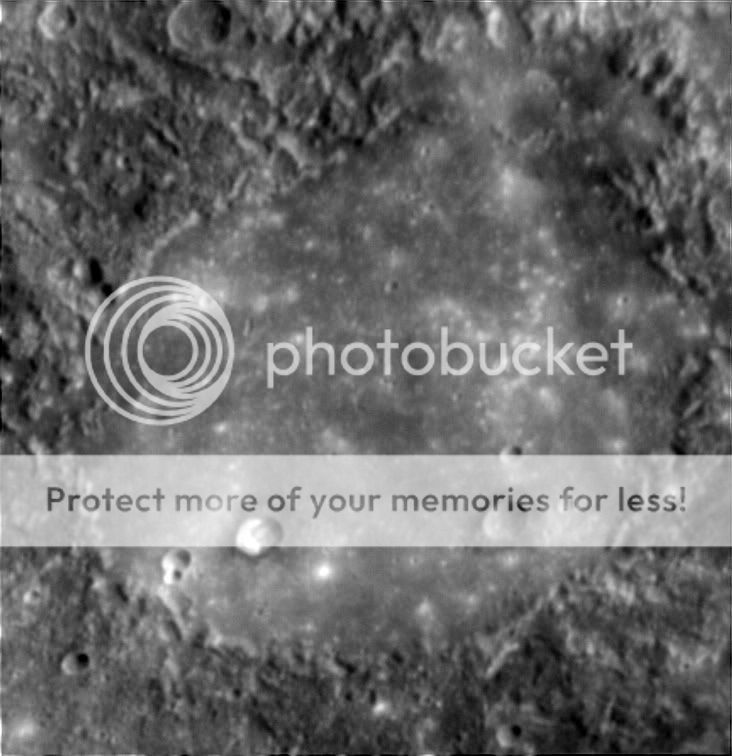N
nimbus
Guest
I can read the full article but won't get around to it for a few days. If anyone without access has very specific questions, I'm willing to dig for answers in the text.
neilsox":3sysn8ik said:If the volcanoes stopped about 2 billion years ago, the center of the core may have cooled to about 500 degree c by now. The average surface temperature is likely about 400 degrees c cooler, except cooler at the north and south pole, so the lava tubes = vocano vents likely average over 100 c which maybe ok for a spacesuit with air conditioning. Neil

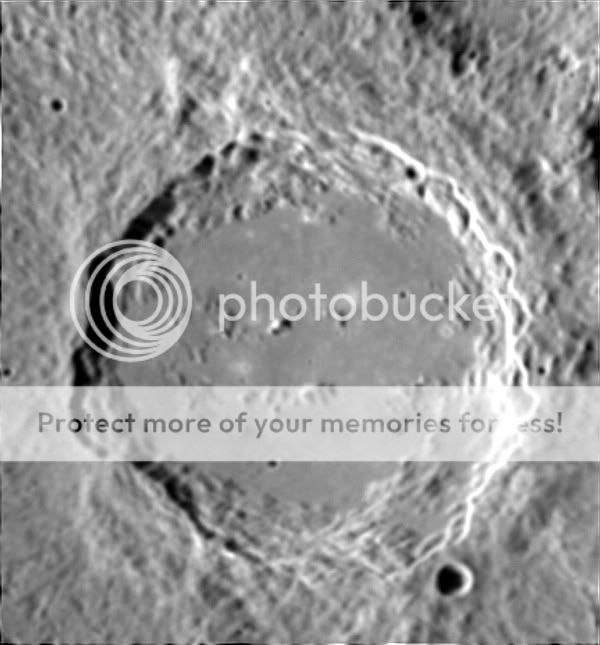

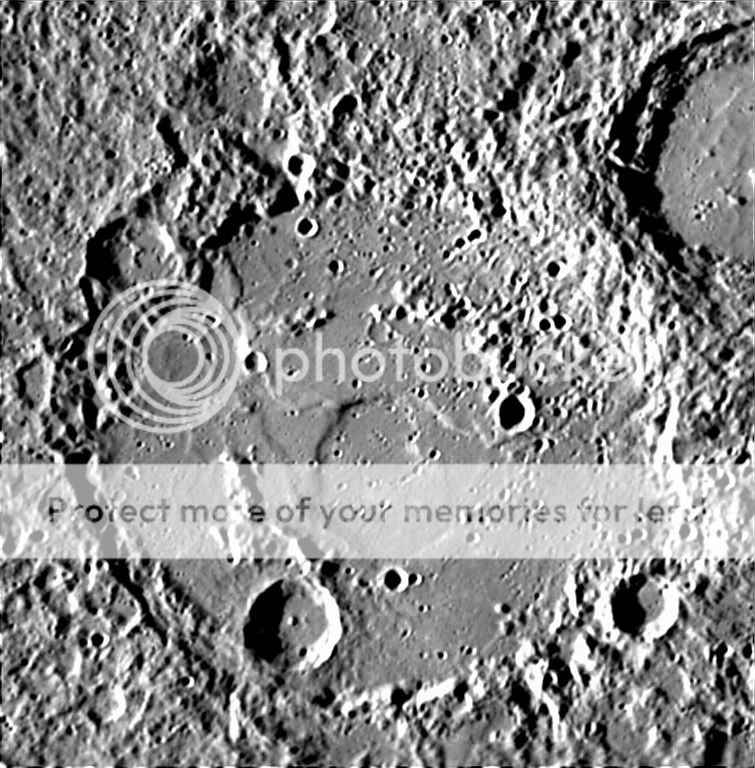


























































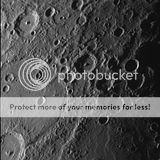


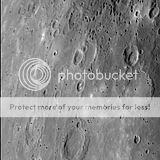
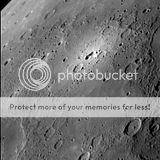














3488":3blbtp5v said:
AdmiralRitt":nq7tdw1i said:Mr Brown: This Photo below your posted..That's what a Manned Descent Vehicle would see.
It sure looks like Lunar Module approach profile: Great Photos.
For the Other who have "Educated Theories" is the........
3488":nq7tdw1i said:Latest update.
Andrew Brown.












